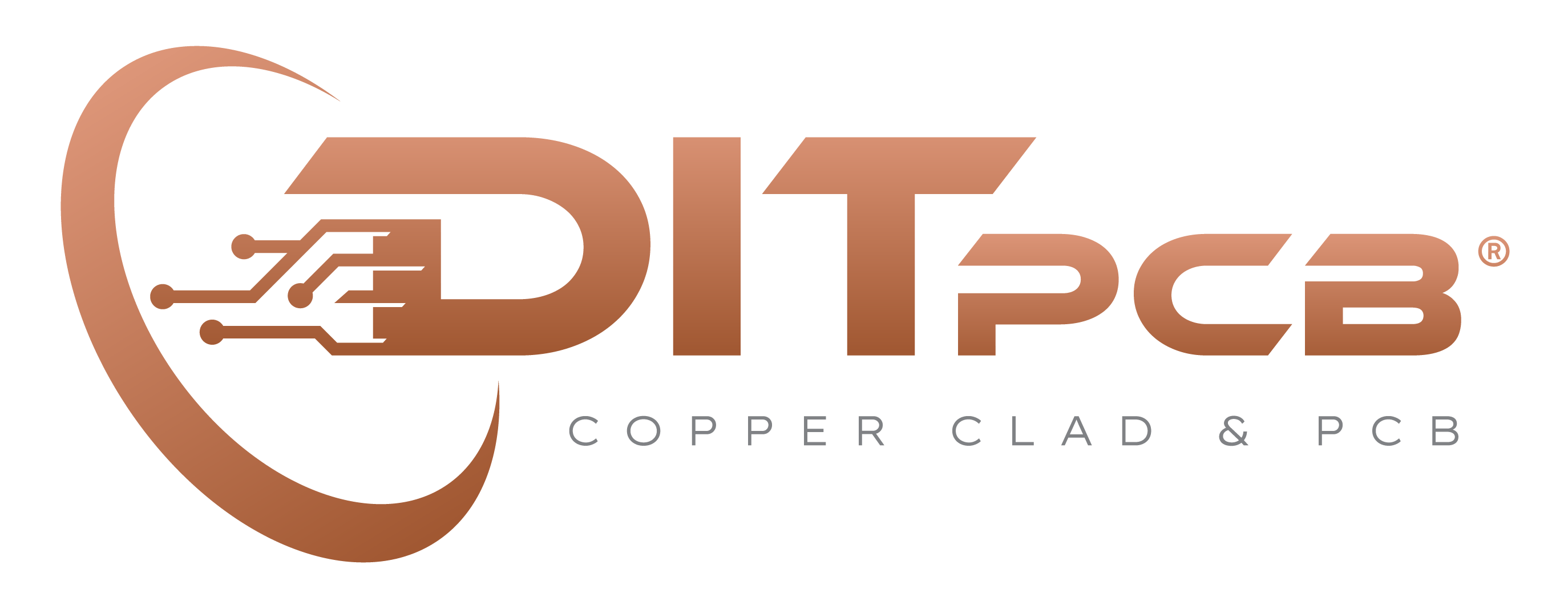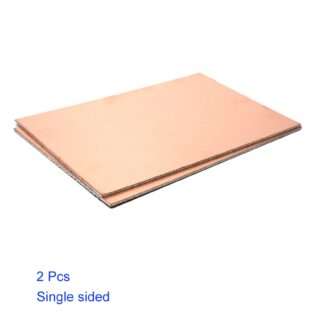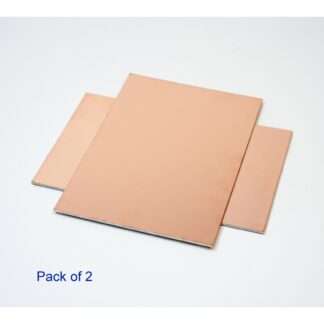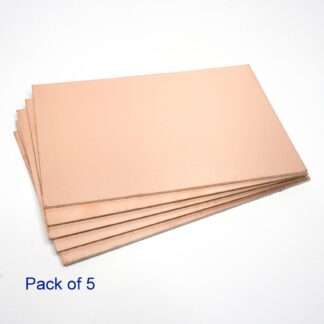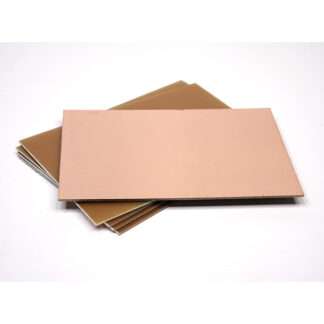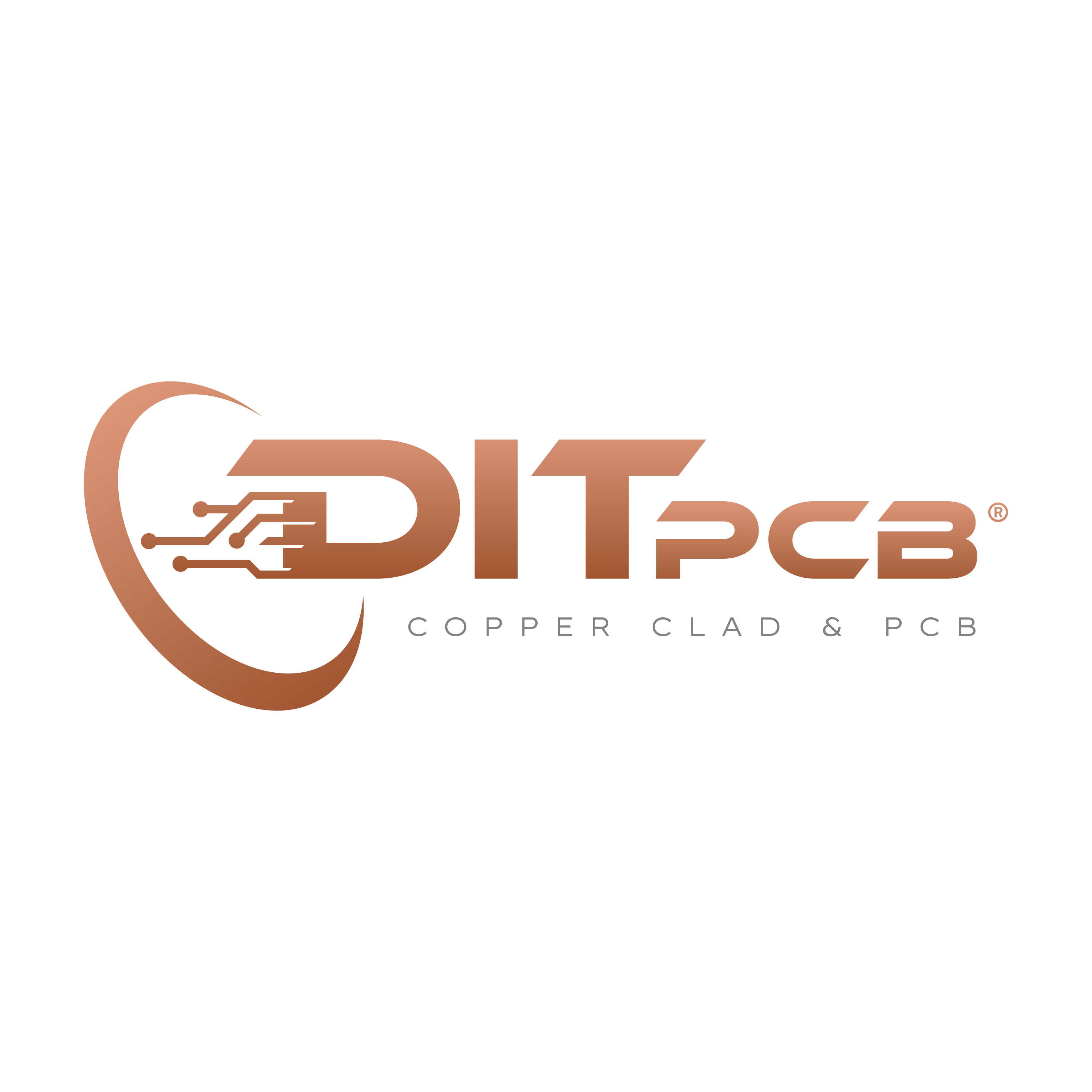Section 1: The Advantages of Copper Clad
When it comes to designing and manufacturing high-performance electronic devices, copper clad has become an indispensable material. Its unique properties make it the go-to choice for industries ranging from telecommunications to aerospace.
One of the key advantages of copper clad is its excellent thermal conductivity. This property allows for efficient heat dissipation, preventing overheating that could lead to device failure. Additionally, copper clad offers exceptional electrical conductivity, ensuring reliable signal transmission and minimizing signal loss.
Section 2: The Magic of PCB
Printed Circuit Boards (PCBs) are the backbone of modern electronics. They provide a compact and efficient platform for assembling and interconnecting electronic components. With the ability to support complex circuitry and multiple layers, PCBs have revolutionized the electronics industry.
PCBs offer numerous benefits that have made them the preferred choice for electronic manufacturers. Firstly, their compact size allows for miniaturization of devices, enabling sleek and portable designs. Secondly, PCBs provide superior reliability as they eliminate the need for point-to-point wiring, reducing the chances of loose connections or short circuits.
Section 3: The Future of Electronics
As technology continues to advance at an unprecedented pace, the demand for smaller, faster, and more powerful electronic devices is skyrocketing. This is where the combination of copper clad and PCB truly shines, offering limitless possibilities for innovation.
Imagine smartphones that are not only slimmer but also capable of handling complex tasks with lightning-fast speeds. Think of drones that can navigate through challenging environments with pinpoint accuracy. The future of electronics lies in the synergy between copper clad and PCB, enabling the creation of cutting-edge devices that push the boundaries of what we thought was possible.
